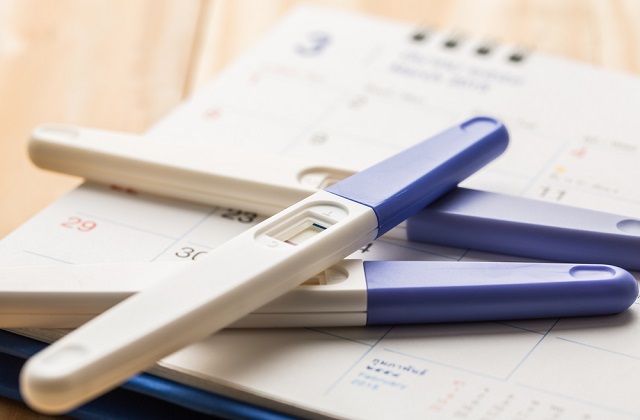Inducing Labour
What is inducing labour?
Induction of labour is the process of artificially stimulating the uterus to start labour. It is usually performed by administering oxytocin or prostaglandins to the pregnant woman or by manually rupturing the amniotic membranes. Data from a survey by the World Health Organizations (WHO) shows that about 10% of deliveries involved labour induction. This percentage is higher in Asian countries especially Sri Lanka.
When will your gynaecologist recommend inducing labour?
The gynaecologist may recommend inducing labour in the following situations:
1. Your baby is late
Going overdue is the most common reason for induction. Induction is usually offered to all women who do not go into labour naturally by 42 weeks. Going beyond 42 weeks will increase the risk of stillbirth and other health problems for the baby.
2. Your waters have broken before labour has started
If your water has broken and contractions have not started on their own within 24 hours, there is an increased risk of infection to you and your baby, your doctor may, therefore, recommend inducing labour.
3.Pre-eclampsia
Preeclampsia is a serious blood pressure condition that can happen after the 20th week of pregnancy or after giving birth (called postpartum preeclampsia). WHO recommends inducing labour for women with mild pre-eclampsia.
4.Diabetic Mothers​
Babies of diabetic mothers are commonly larger and early delivery makes it less challenging.
Inducing labour is recommended for diabetic mothers to prevent stillbirth or prevent excessive fetal growth and its associated complications.
5.Intrauterine growth restriction
Intrauterine growth restriction (IUGR) refers to a condition in which a baby in the womb fails to grow at the expected rate during the pregnancy. In some cases, health care providers may recommend inducing labour.
6.Oligohydramnios
This is a condition in which there is not enough amniotic fluid surrounding the baby. It can result in poor development of the fetal and other complications.
7.Chorioamnionitis
This refers to an infection in your uterus. In such a situation, your gynaecologist may also recommend inducing labour.
How labour is induced?
Contractions can be started by inserting a tablet (pessary) or gel into the vagina. This contains a drug called prostaglandin that helps to soften and open the cervix and trigger labour contractions.
If your cervix has begun to dilate and efface on its own but your water hasn’t broken, your doctor might jump-start your contractions by artificially rupturing the membranes which involve using an instrument called amnihook to break the waterbag.
Sometimes a hormone oxyotocin may be given speed up the labour.
Risks associated with inducing labour
1. Hyper-stimulation of the womb
Inducing labor might cause uterine contractions to come on stronger and more often than they would come naturally. You're more likely to need an epidural or another medicine to manage the pain.
2. Higher risk of a C-section
If induction doesn't work, your doctor might decide to switch to a C-section instead.
According to Mayo Clinic, the success rate of inducing labour for first-time mothers is 75%, this means that about 25 percent of these women might need a C-section in the end. Your health care provider will discuss with you the possibility of a need for a C-section.
3. Longer hospital stay
If you're induced, you may need to stay in the hospital longer during labor and delivery. If you need a C-section eventually, your stay in hospital will be even longer.
4. A low heart rate of the baby
The medications used to induce labor — oxytocin or a prostaglandin — might cause overly frequent contractions which can reduce oxygen flow to the baby. As a result, the baby’s heartbeat may be lowered.
5. Increased risk of infection
Breaking the amniotic sac can lead to infection if you don't deliver within a day or two after induction.
Some methods of labor induction, such as rupturing your membranes, might increase the risk of infection for both mother and baby. Prolonged membrane rupture increases the risk of infection.
6. Uterine rupture
A rare but serious complication of inducing labour is a uterine rupture. Uterine rupture may result in stillborn or permanent damage to the baby’s brain. The risk is higher for patients with one or more previous cesarean sections. Very rarely, uterine rupture can also occur in women who had never had previous uterine surgery.
7. Health problems for your baby
Women who are induced often have babies born a little early. Early babies can have problems with breathing and a higher risk of long-term developmental problems.
It takes a village to raise a child !
Join our Facebook Group For 2025 SG Mummies or Facebook Group For 2026 SG Mummies
2024 SG Mummies Whatsapp Group by EDD Month or 2025 SG Mummies Whatsapp Group By EDD Month









